13 Candidates: NASA Identifies Candidate Regions for Landing Next Americans on Moon
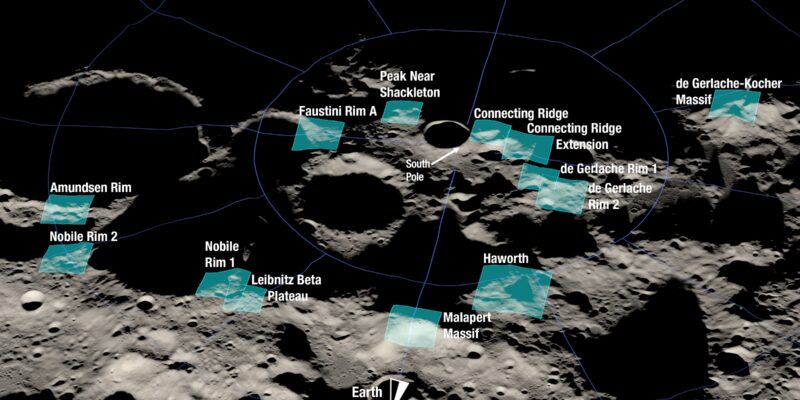
Overview
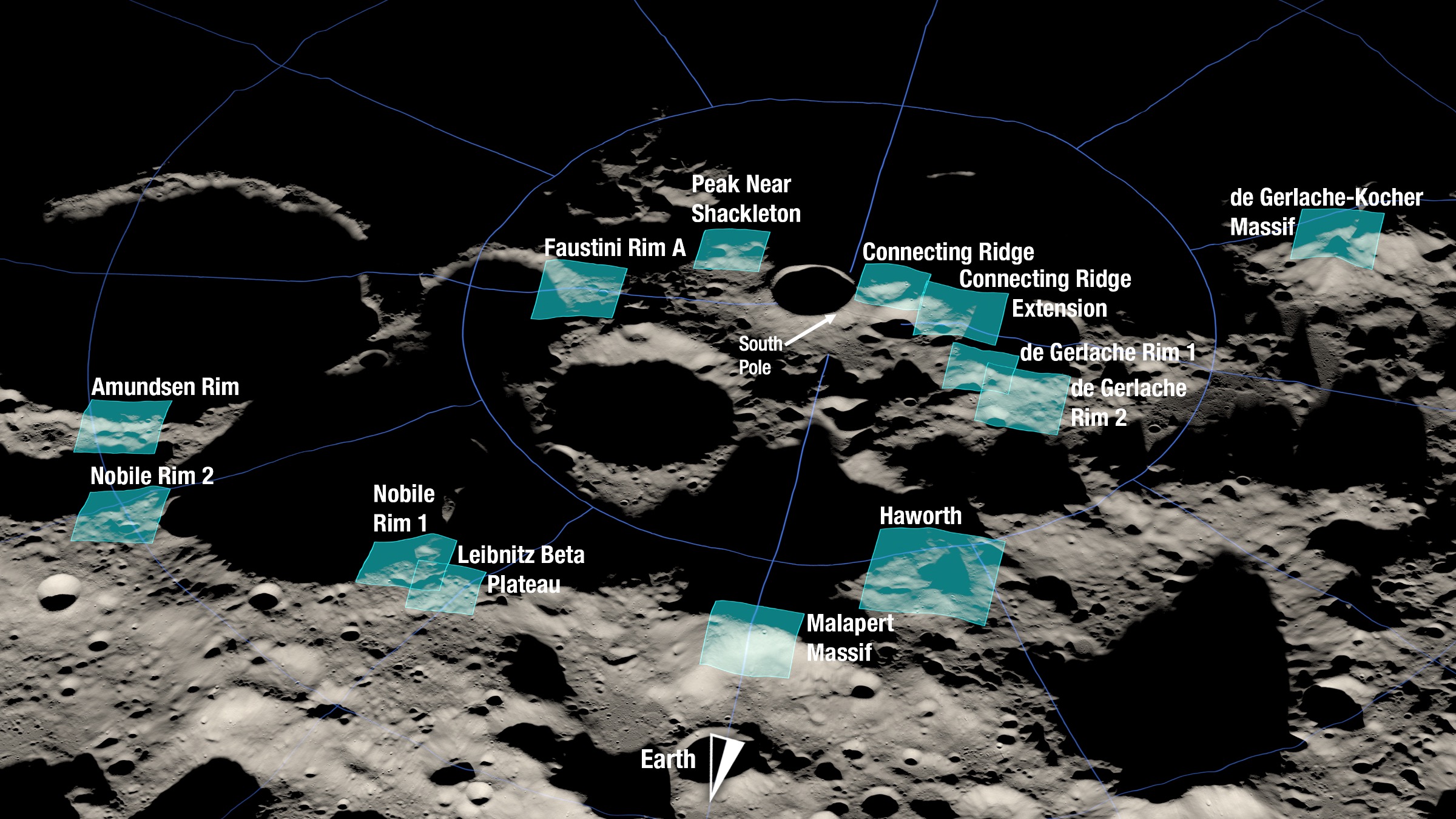
Shown here is a rendering of 13 candidate landing regions for Artemis III. Each region is approximately 9.3 by 9.3 miles (15 by 15 kilometers). A landing site is a location within those regions with an approximate 328-foot (100-meter) radius.
As NASA prepares to send astronauts to the moon via Artemis 3, it has identified 13 candidate landing zones near the moon’s south pole.
Each region contains multiple potential landing sites for Artemis 3, which will be the first of the Artemis program to bring astronauts to the lunar surface, including the first woman to set foot on the moon.[1]
Artemis program
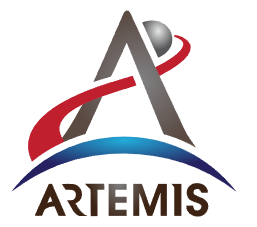
Artemis program Logo
The Artemis program[2] is a robotic and human Moon exploration program led by the United States’ National Aeronautics and Space Administration ( NASA ) with three partner agencies: European Space Agency ( ESA ), Japan Aerospace Exploration Agency ( JAXA ), and Canadian Space Agency ( CSA ).
If successful, the Artemis program will reestablish a human presence on the Moon for the first time since the Apollo 17 mission in 1972.
The major components of the program are the Space Launch System ( SLS ), Orion spacecraft, Lunar Gateway space station and the commercial Human Landing Systems, including Starship HLS.
The program’s long-term goal is to establish a permanent base camp on the Moon and facilitate human missions to Mars.
Artemis 3
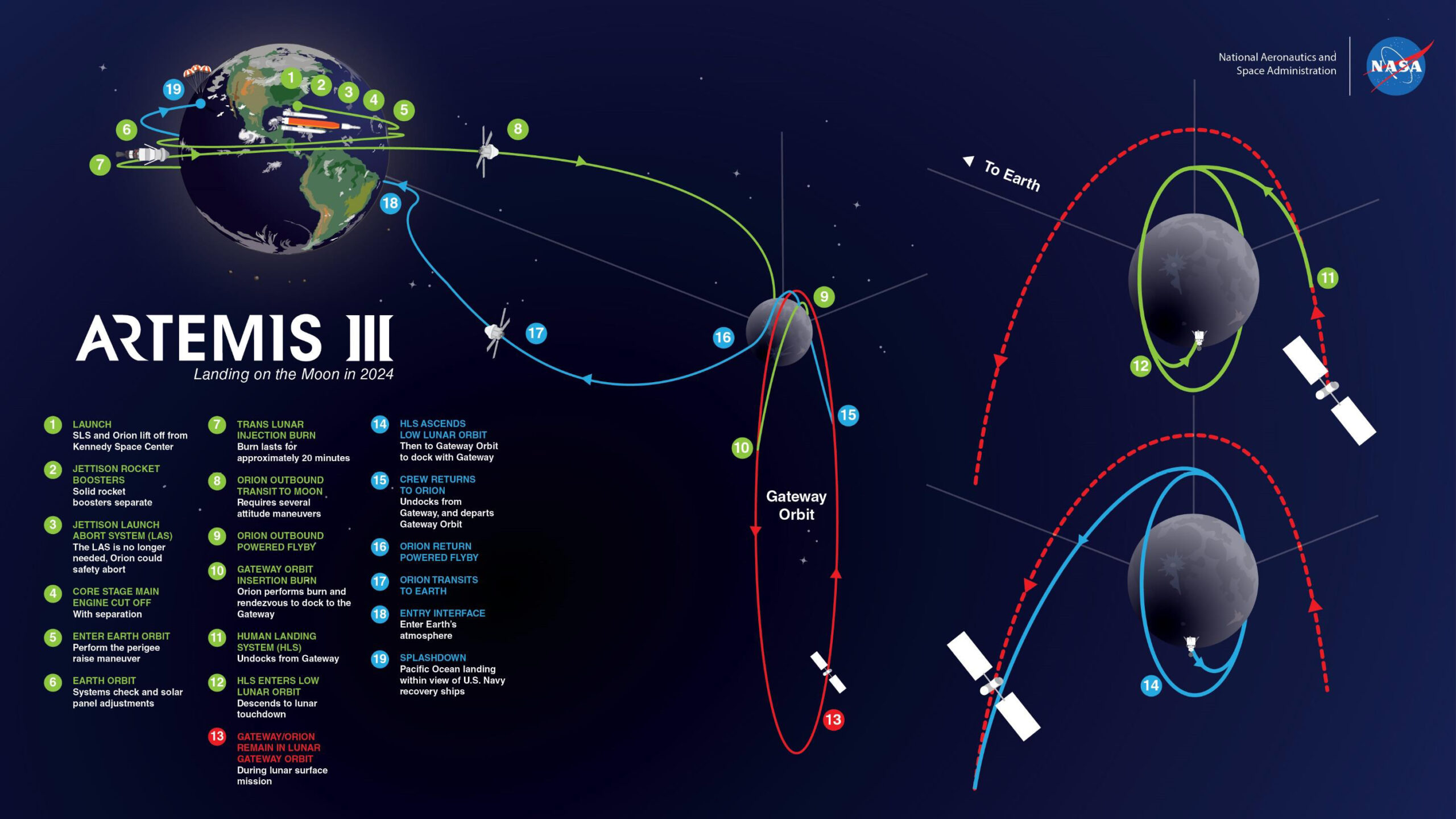
Summary of the Artemis III mission plan
Artemis 3 ( officially Artemis III ) is planned as the first crewed Moon landing mission of the Artemis program and the first crewed flight of the Starship HLS lander.
Scheduled for launch in 2025, Artemis 3 is planned to be the second crewed Artemis mission and the first crewed lunar landing since Apollo 17 in 1972.
Detail
NASA identified the following candidate regions for an Artemis III lunar landing:
- Faustini Rim A
- Peak Near Shackleton
- Connecting Ridge
- Connecting Ridge Extension
- de Gerlache Rim 1
- de Gerlache Rim 2
- de Gerlache-Kocher Massif
- Haworth
- Malapert Massif
- Leibnitz Beta Plateau
- Nobile Rim 1
- Nobile Rim 2
- Amundsen Rim
Specific landing sites are tightly coupled to the timing of the launch window, so multiple regions ensure flexibility to launch throughout the year.
References:
[1]NASA Identifies Candidate Regions for Landing Next Americans on Moon | NASA

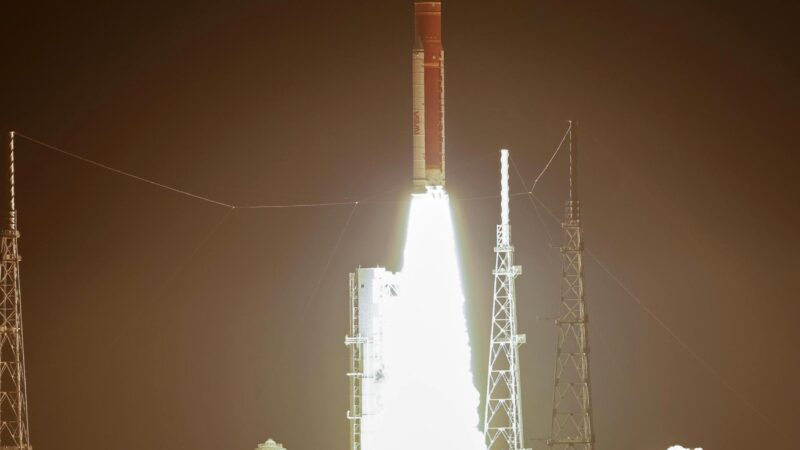

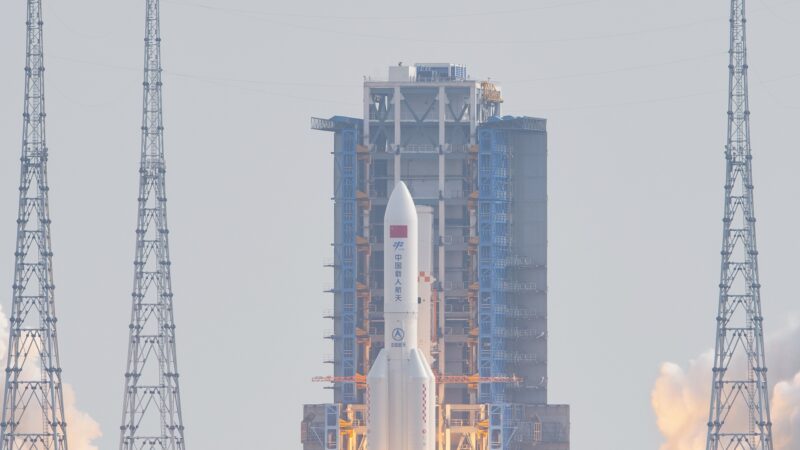
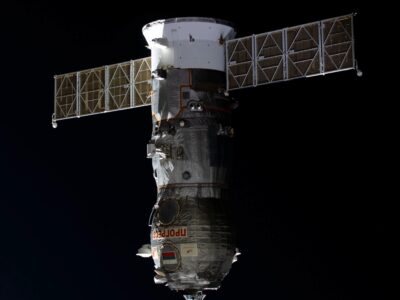
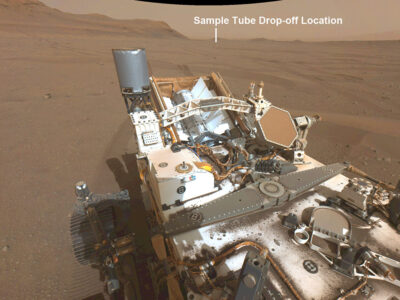

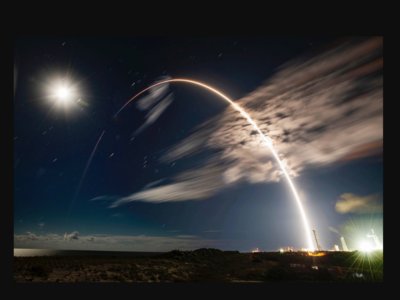



2025? are you kidding? hhhhhhhhh